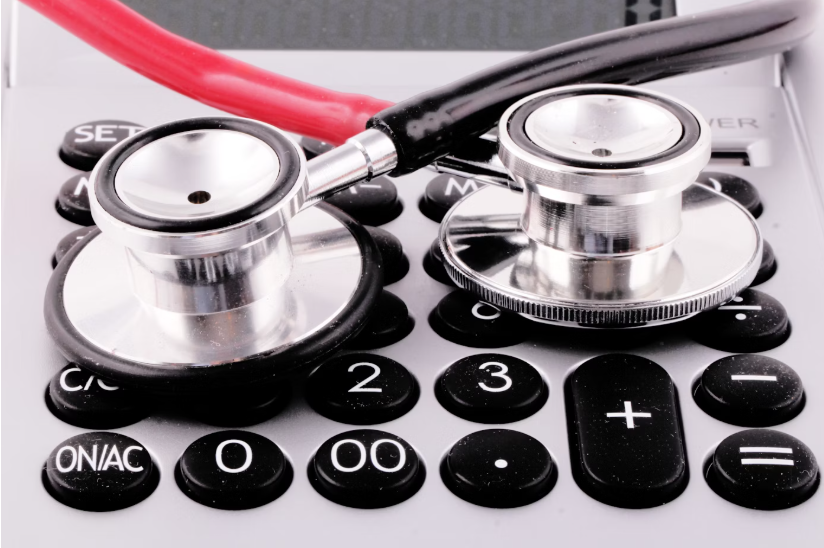The journey to bringing a medical device from concept to market is a complex and resource-intensive process. Effective Medical Device Development Cost Planning is essential to navigate this path successfully. By understanding and managing the various costs involved, developers can reduce financial risks, optimize resources, and ensure the delivery of a market-ready product that complies with stringent regulatory requirements. This article provides a comprehensive guide to cost planning in medical device development, highlighting key stages, tips, and considerations for success.
Table of Contents
Why Medical Device Development Cost Planning
Developing a medical device involves multiple phases, including design, prototyping, testing, regulatory compliance, manufacturing, and marketing. Each phase incurs costs, and underestimating these can lead to delays, financial strain, or even project failure. Effective cost planning ensures:
- Budget Allocation: Resources are directed where they are most needed.
- Risk Mitigation: Potential cost overruns and financial pitfalls are identified early.
- Investor Confidence: Detailed cost plans attract and reassure stakeholders.
- Regulatory Compliance: Adequate budgeting ensures adherence to standards like ISO 13485 and FDA guidelines.
Key Components in Medical Device Development Cost Planning
Understanding the major cost drivers in the development process is crucial. Here are the primary components:
1. Research and Development (R&D)
- Market Research: Understanding user needs and market trends.
- Feasibility Studies: Evaluating technical and commercial viability.
- Prototyping: Developing and iterating design concepts.
2. Regulatory Compliance
- Documentation: Creating technical files and design dossiers.
- Testing: Conducting biocompatibility, electrical safety, and usability tests.
- Audits and Certifications: Meeting standards like CE marking, FDA approval, and MDR compliance.
3. Design and Engineering
- CAD/CAE Software: Tools for design and simulation.
- Materials: Selecting biocompatible and durable materials.
- Design Validation: Ensuring the design meets functional and safety requirements.
4. Manufacturing
- Tooling: Developing molds and dies for production.
- Pilot Production: Testing and refining manufacturing processes.
- Volume Production: Scaling up for market demand.
5. Clinical Trials
- Study Design: Creating protocols and selecting endpoints.
- Patient Recruitment: Engaging participants for trials.
- Data Analysis: Evaluating trial outcomes for safety and efficacy.
6. Marketing and Distribution
- Product Launch: Creating marketing materials and campaigns.
- Sales Channels: Establishing distribution networks.
- Post-Market Surveillance: Monitoring device performance and addressing issues.

Tips for Effective Medical Device Development Cost Planning
1. Start Early
Begin cost planning during the concept phase. Early estimates help identify feasibility and funding needs.
2. Break Down Costs
Divide the project into phases and allocate costs to each stage. Use tools like Gantt charts to track expenses.
3. Include Contingencies
Allocate 10-20% of the budget for unforeseen expenses, such as additional testing or regulatory delays.
4. Leverage Digital Tools
Use project management software like Trello or MS Project for tracking budgets and timelines. Financial tools like QuickBooks can manage expenses.
5. Collaborate with Experts
Engage consultants, engineers, and regulatory specialists to provide accurate cost estimates and guidance.
6. Optimize Resource Allocation
Identify critical tasks and allocate resources accordingly to prevent bottlenecks.
Pros and Cons of Medical Device Development Cost Planning
Pros
- Predictability:
- Enables better forecasting and financial control.
- Stakeholder Confidence:
- Builds trust among investors and partners.
- Improved Decision-Making:
- Provides insights for prioritizing resources.
- Regulatory Preparedness:
- Ensures compliance-related costs are accounted for.
Cons
- Time-Consuming:
- Detailed planning requires significant effort and time.
- Complexity:
- Managing multiple variables can be overwhelming.
- Initial Costs:
- Hiring consultants or using advanced tools adds upfront expenses.
- Over-Planning Risks:
- Excessive focus on planning may delay execution.
Practical Strategies for Cost Management
1. Use Modular Design
Adopt modular approaches to simplify updates and reduce redesign costs.
2. Implement Agile Methodologies
Break the project into sprints, focusing on deliverables and iterative improvements to manage budgets effectively.
3. Outsource Selectively
Outsource non-core activities like prototyping or documentation to specialized vendors to save time and costs.
4. Monitor KPIs
Track key performance indicators (KPIs) like cost per unit, time to market, and regulatory milestones to stay on budget.
Real-World Example
A mid-sized company developing a portable ECG monitor successfully managed costs by:
- Using off-the-shelf components for prototyping.
- Engaging a regulatory consultant early to streamline FDA approval.
- Outsourcing pilot manufacturing to a trusted third-party supplier.
- Allocating a contingency budget that covered unforeseen design revisions.
Conclusion
Effective medical device development cost planning is the cornerstone of successful product launches. By understanding cost drivers, implementing practical tips, and balancing resources, developers can navigate the complexities of the medtech industry with confidence. While the process requires meticulous effort, the rewards—a market-ready, compliant, and impactful medical device—are well worth the investment.
For more insights into medical device engineering and cost optimization, explore our comprehensive guide here.



